Thomas McMahon has spied a gap in the transfer market for the type of player Liverpool should be trying to sign.

As difficult as it may be for some fans to admit, Liverpool Football Club are no longer challenging for the Barclays Premier League title. Worse than that, Liverpool hasn’t participated in the increasingly important Champions League for 5 years, making only domestic silverware a realistic prospect. Taking an objective approach to the Liverpool brand Liverpool is no longer the final destination for prospective footballers. Liverpool is now a large club with a successful history, but currently plying their trade in the upper mid-table.
With that somewhat depressing reality out of the way, it’s not all doom and gloom. Much like nature, clubs must evolve in the climate and habitat that they are dwelling in. Liverpool’s no different, and Ian Ayre must leverage the club’s current internal brand to their advantage, rather than solely concentrating on the external brand. By this, I am referring to how the club is perceived by football players that Liverpool may be targeting, and how the club can utilise their standing as an advantage. Moreover, what type of player should Liverpool be targeting in terms of financial value, hunger to represent the club and technical quality?
To an extent, Rodgers, Ayre and the transfer committee have already pin-pointed the niche which Liverpool should thrive in. To briefly recap, Liverpool were struggling for goals and lacking in quality forwards by the time the January transfer window had arrived. Liverpool swiftly purchased Daniel Sturridge of Chelsea for £12 million, and brought in Philippe Coutinho of Internazionale for £8.5 million. Suddenly, the team became much more potent in front of goal, with score lines of 4, 5 and even 6-0 becoming increasingly common. Both players have impressed so far in their short Liverpool careers, with both contributing to 25 goals between them. So where and how do the club find the ‘next Coutinho’ or the ‘next Sturridge’ to help improve us even further for the upcoming season?
Analysing the pair’s backgrounds, there are obvious similarities in the narrative. Both represented their prestigious countries from a young age and were highly touted prospects in the football community, resulting in them earning a lucrative move to a European behemoth. With the clubs adopting somewhat of a ‘revolving door’ policy to their squad’s management (both of their respective managers pressured by a demanding fan-base), the managers couldn’t afford to gamble on potential and picked the more established players to start games instead. In short, the managers arguably took a short-term approach to keep them employed at their respective clubs. The two were then sent out on loan after struggling for appearances and heavily impressed in their short-spells at smaller clubs, influencing the clubs to temporarily keep a hold of them. The managers still suffered from the same pressure, but perhaps did not want to trust young shoulders to carry a ‘heavy shirt’ – to quote Rodgers.

This is exactly the niche which Liverpool should be targeting. The category which Sturridge and Coutinho fall into manages to tick all the aforementioned metaphorical boxes. The selling club are desperate for incoming cash, to put towards tried and tested ‘star players’ for high fees in the prime of their careers to get immediate results. Because of this, clubs can sometimes rush at the negotiating table, meaning that Liverpool can potentially get strong value for money. In terms of hunger, while the player may have tasted brief success during their move, they haven’t been part of the main nucleus contributing to the team’s achievements. This may spur them on, driven to achieve what they believe their technical ability allows them to do, by becoming more than just a bit-part player. Lastly, in order to get the initial big move, they would have demonstrated strong youth pedigree and have shown proven quality in smaller teams. The player would have the potential to contribute to most squads in Europe but not been offered the opportunity to blossom.
This transfer strategy sounds similar to the notorious ‘Moneyball’ strategy that Liverpool owner John Henry is renowned to be a great believer of in baseball; it could be more than just mere coincidence that Sturridge and Coutinho both fit into this category.
There are, as with every player market, pitfalls that need to be avoided. The transfer committee clearly carried out research on Sturridge and Coutinho to make sure that their respective mediocre careers at their previous clubs were not due to a lack of ability or mentality. While it worked out well for Liverpool, there may be underlying reasons as to why other prospects have dwindled into obscurity. For every Coutinho to Liverpool, there’s a Francis Jeffers to Charlton Athletic – transfers that failed due to the player themselves, rather than being a victim of environment.

Wages also need to be taken to account. Nuri Sahin moved from Borrusia Dortmund to Real Madrid in 2011 and is now speculated to be earning over £100,000 per week. While ?ahin has struggled to make an impact at Madrid, it is hard to find suitors to offer a second chance with such an inflated pay-packet. Had Liverpool chosen to purchase ?ahin with his current wages instead of loaning, this could have been a financially costly error. ?ahin struggled to make an impact at Anfield, but was one of the most highly paid players in the squad, and footballers on high wages in the squad sitting on the bench is a poor allocation of resources and may cause rifts in the dressing room.
Liverpool must also ensure that the club do not fall for the same mistakes of the selling-club in this strategy. Swansea are arguably taking a similar approach, by signing Liverpool’s Jonjo Shelvey – a talented international who has impressed on loan but found himself lost in the competitions for places. Hopefully Shelvey won’t come back to haunt the club in the future.
So which teams are currently under new managerial regimes, contain stockpiles of young talent which could be better utilised in Liverpool’s squad? Chelsea loaned out 40 players last season, including the highly rated Romelu Lukaku, Thibaut Courtois, Kevin De Bruyne, Lucas Piazón, Gaël Kakuta and Josh McEachran – most of which senior or youth internationals. With José Mourinho returning to Stamford Bridge and already purchasing André Schürrle and Marco van Ginkel so far in the window, it is clear that all the talent at Mourinho’s disposal cannot get into Chelsea‘s playing squad. Having already purchased Sturridge, there may be yet more gems at Chelsea which Liverpool could refine. Similarly, FC Bayern Munich have also found themselves under a new manager who is adding young talent to an already bloated front-line. Toni Kroos, Thomas Müller and Xherdan Shaqiri may start to grow concerned about their playing prospects, and all of which would massively improve Liverpool’s attacking line.
Liverpool’s current standing and internal branding marry up perfectly with this strategy. With the players wanting guaranteed playing time, the adoration of fans and a fresh start at a club with European ambitions, Liverpool offer this in abundance. Being wary of the pitfalls of the market, Liverpool can use its recent short-comings as a competitive advantage to help propel the club up the Premier League table. After all, to quote the age-old idiom, one man’s junk is another man’s treasure.





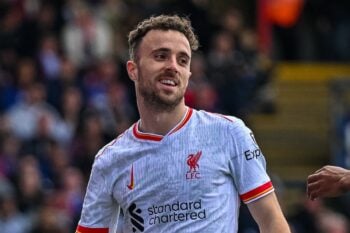

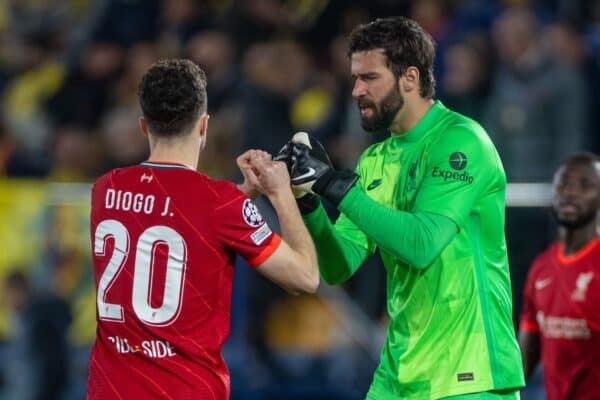
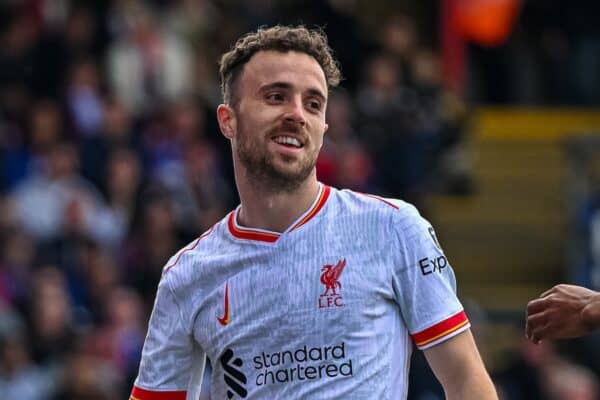
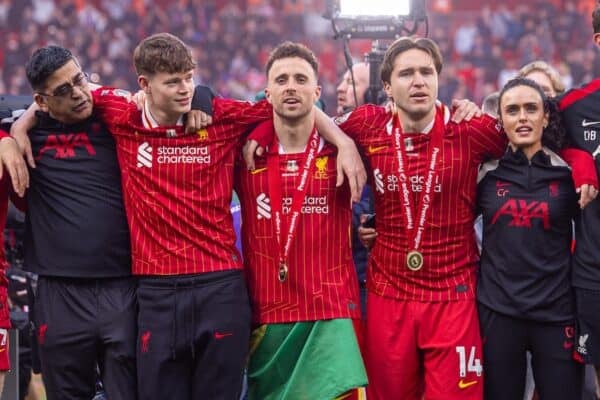
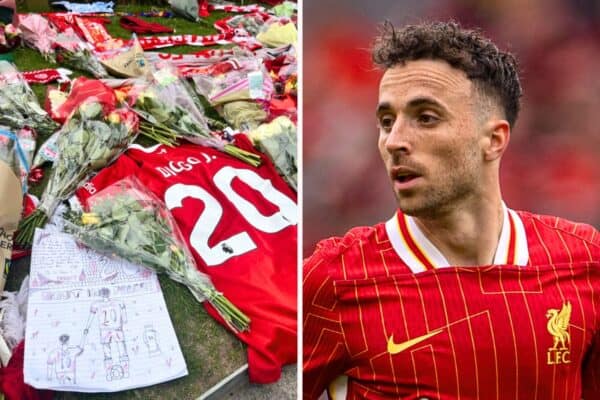
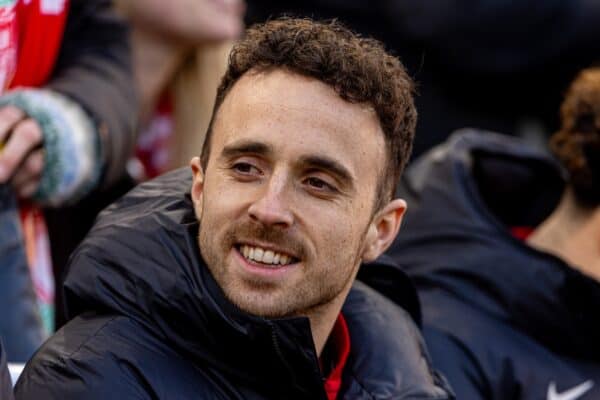
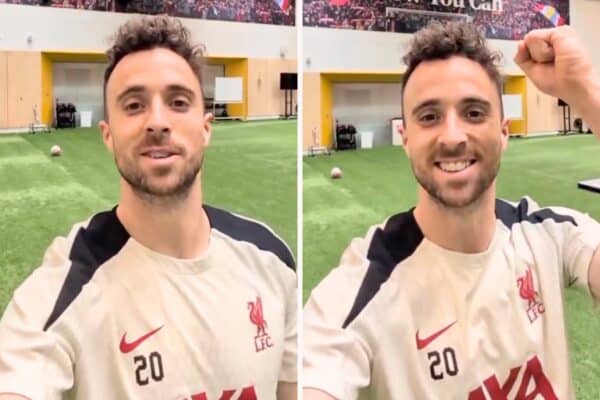
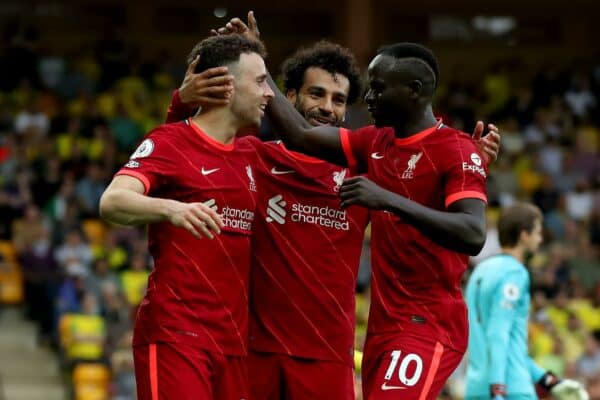


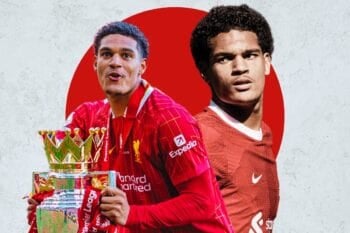
Fan Comments